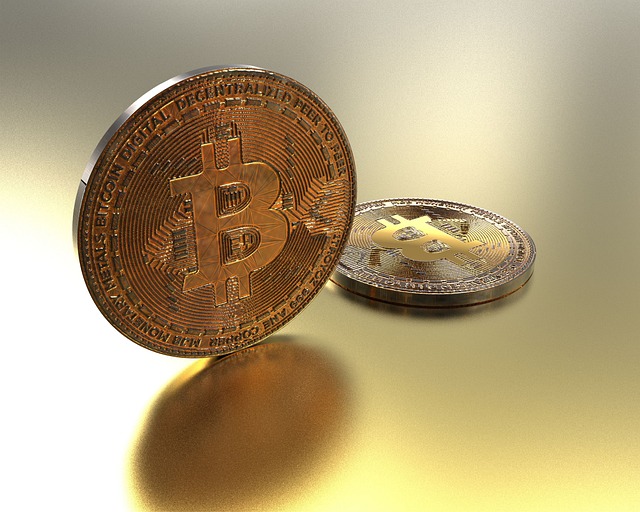Invoice financing is a powerful tool for Small and Medium Enterprises (SMEs) seeking immediate capital access. By selling future revenue from invoices, businesses can secure loans, boost cash flow, and fund growth opportunities. This alternative funding method is ideal for companies with consistent revenue but limited traditional loan options. Applying for invoice financing allows SMEs to enhance their financial health, streamline cash management, and mitigate bad debt risks, empowering them to compete effectively in a dynamic market.
“Small and Medium Enterprises (SMEs) often face cash flow challenges, hindering growth. Invoice financing emerges as a powerful solution, offering a range of benefits tailored to these businesses’ unique needs. This article delves into the world of invoice financing, exploring its role in enhancing SMEs’ financial health. We’ll guide you through the process, from understanding this innovative funding method to unlocking capital, mitigating risks, and providing a step-by-step approach for successfully applying for invoice financing.”
- Understanding Invoice Financing and Its Role in SMEs' Financial Health
- Streamlining Cash Flow: How Invoice Financing Boosts Business Liquidity
- Accessing Capital: Unlocking Growth Opportunities with Invoice Financing
- Mitigating Risk: Ensuring Secure Transactions Through Invoice Finance Providers
- Applying for Invoice Financing: A Step-by-Step Guide for Small and Medium Enterprises
Understanding Invoice Financing and Its Role in SMEs' Financial Health

Invoice financing is a financial solution that allows small and medium-sized enterprises (SMEs) to access capital by selling their outstanding invoices to a third-party funder. It plays a pivotal role in enhancing the financial health of SMEs, offering them a much-needed cash flow boost. This alternative funding method is particularly beneficial for businesses with consistent revenue streams but limited access to traditional loans or working capital facilities.
When an SME applies for invoice financing, they essentially secure a loan against their future revenue. The funder purchases the invoices at a discount and agrees to hold them until the original customer pays. This process provides immediate funding to the business, enabling them to cover operational expenses, invest in growth opportunities, or manage cash flow gaps. It’s an efficient way for SMEs to unlock the value of their accounts receivable, ensuring they have the resources needed to thrive and compete effectively in their industry.
Streamlining Cash Flow: How Invoice Financing Boosts Business Liquidity

Invoice financing is a powerful tool for Small and Medium Enterprises (SMEs) looking to streamline their cash flow and boost business liquidity. By applying for invoice financing, businesses can access funds tied to their outstanding invoices, effectively converting accounts receivable into immediate capital. This process eliminates the need to wait for customers to settle their bills, providing SMEs with a steady influx of cash to cover operational expenses, fund growth initiatives, or manage unexpected financial constraints.
With invoice financing, businesses gain greater flexibility in managing their finances. The ability to release funds quickly enables SMEs to seize opportunities, invest in inventory or equipment, or even expand into new markets without the usual delays associated with traditional lending methods. As a result, applying for invoice financing can be a game-changer for SMEs, fostering growth and stability by ensuring they have the necessary liquidity to navigate the dynamic business landscape.
Accessing Capital: Unlocking Growth Opportunities with Invoice Financing

Small and Medium Enterprises (SMEs) often find themselves in a tight spot when it comes to capital access, especially during periods of rapid growth or economic downturns. This is where invoice financing steps in as a powerful tool to unlock their full potential. By applying for invoice financing, SMEs can transform their accounts receivable into immediate cash flow, providing them with the much-needed capital to fuel expansion and seize new opportunities.
This innovative funding method allows businesses to retain ownership of their invoices while receiving an advance on the value of those invoices. It offers a flexible solution, enabling companies to meet short-term financial obligations, invest in inventory or equipment, or simply manage cash flow more effectively. With simplified application processes and faster turnaround times, invoice financing is becoming an increasingly attractive option for SMEs looking to break free from traditional funding constraints and accelerate their growth journey.
Mitigating Risk: Ensuring Secure Transactions Through Invoice Finance Providers

When Small and Medium-sized Enterprises (SMEs) apply for invoice financing, they gain a powerful tool to mitigate financial risks associated with outstanding invoices. Invoice finance providers offer a secure way to access cash flow by advancing up to 80-90% of eligible invoices. This immediate funding provides a safety net against late payments or non-payment from customers, which can be a significant concern for SMEs, especially during economic downturns.
By utilizing invoice financing, businesses can focus on their core operations and growth strategies without the burden of extended credit terms. It streamlines cash flow management, reduces the risk of bad debts, and provides much-needed capital to support day-to-day activities and future expansion plans. This security makes invoice finance a compelling choice for SMEs seeking to optimize their financial health.
Applying for Invoice Financing: A Step-by-Step Guide for Small and Medium Enterprises

Applying for invoice financing is a straightforward process, designed to be accessible for small and medium enterprises (SMEs). Here’s a step-by-step guide to help navigate this funding option:
1. Identify Your Invoices: Start by reviewing your outstanding invoices from customers. These are the assets that invoice financing leverages—they represent money already owed to your business, which you can turn into immediate capital. Ensure these invoices meet the criteria set by potential lenders, such as having clear terms and being within a specific age limit.
2. Lender Research: Next, research various invoice financing providers available in your market. Look for reputable institutions offering this service. Compare their interest rates, fees, and terms to find the best fit for your business needs. Online platforms can be helpful in gathering information on different lenders and their offerings.
3. Prepare Required Documentation: Gather essential documents like your business registration details, bank statements, and accounts payable/receivables records. These will be required by lenders to assess your financial health and validate the authenticity of your invoices. Make sure these documents are up-to-date and accurately reflect your business operations.
4. Submit an Application: Choose a lender, then complete and submit your application. Provide all the necessary information, including details about your invoices and your business’s financial standing. Some platforms allow digital submissions, making the process efficient and convenient.
5. Negotiate Terms: Once your application is approved, negotiate the terms of the financing agreement. This includes interest rates, repayment schedules, and any fees associated with the service. Understanding these terms is crucial for managing cash flow effectively and ensuring a mutually beneficial arrangement.






